Mescalin or Peyote
$200.00 – $1,200.00
Mescaline is a naturally occurring psychedelic compound found in the peyote cactus. It has been used traditionally by indigenous cultures for spiritual and healing purposes. Mescaline induces profound visual and auditory hallucinations, altered states of consciousness, and enhanced introspection.
Mescalin or Peyote
Mescaline, a naturally occurring psychedelic alkaloid, is found in several cacti species, most notably the peyote cactus (Lophophora williamsii). Historically, mescaline has been used by indigenous peoples of the Americas, particularly in Mexico and the southwestern United States, for ceremonial and spiritual purposes. The primary method of consumption involves chewing the dried cactus buttons or brewing them into a tea.
Mescaline produces profound psychoactive effects, including vivid visual and auditory hallucinations, altered perceptions of time and space, and an increased sense of introspection and connection to the natural world. These experiences often lead to spiritual or mystical insights. The onset of mescaline effects typically begins within one to two hours after ingestion, with the peak experience lasting around four to six hours.
In addition to its traditional uses, mescaline was also studied in the mid-20th century for its potential therapeutic benefits in psychiatry, particularly in understanding and treating conditions such as schizophrenia and alcoholism. However, due to legal restrictions and the classification of mescaline as a Schedule I controlled substance, research has been limited in recent decades.
Despite its legal status, mescaline remains a substance of interest for those exploring psychedelic experiences, both for personal insight and within the context of the modern psychedelic renaissance, which seeks to understand and integrate these substances into contemporary therapeutic practices.
Would you like to add or modify any details in these descriptions?
Uses of Mescaline (Peyote)
- Traditional and Spiritual Uses:
- Indigenous Ceremonies: Mescaline has been used for centuries by Native American tribes, particularly in Mexico and the southwestern United States, in religious and spiritual ceremonies. The peyote cactus, which contains mescaline, is consumed to induce visions and spiritual experiences.
- Ritualistic Healing: It is also used in healing rituals, believed to provide guidance and connection with the spiritual world.
- Recreational Use:
- Psychedelic Experiences: Some individuals use mescaline recreationally to experience its psychedelic effects, including visual and auditory hallucinations, altered perception, and deep introspection.
- Therapeutic and Psychiatric Uses:
- Psychotherapy: Historically, mescaline was studied for its potential therapeutic benefits, particularly in the treatment of mental health conditions such as depression, anxiety, PTSD, and addiction.
- Research: Contemporary research is exploring mescaline’s potential in therapeutic settings, particularly in the context of the modern psychedelic renaissance, which seeks to integrate psychedelics into mental health treatments.Mescalin or Peyote
Properties of Mescaline
- Chemical Properties:
- Chemical Structure: Mescaline is a naturally occurring alkaloid with the chemical formula C11H17NO3. It is classified as a phenethylamine.
- Appearance: In its pure form, mescaline is a white crystalline powder, but it is typically consumed in its natural form, through the dried buttons of the peyote cactus.
- Psychoactive Properties:
- Hallucinogenic Effects: Mescaline induces vivid visual and auditory hallucinations. Users often report seeing intricate patterns, vibrant colors, and experiencing synesthesia (a blending of the senses).
- Altered Perception: It alters the perception of time and space, leading to a sense of timelessness and often a feeling of oneness with the universe.
- Emotional and Cognitive Effects: Users may experience heightened emotions, increased introspection, and profound philosophical or spiritual insights.
- Pharmacological Properties:
- Mechanism of Action: Mescaline primarily affects serotonin receptors in the brain, particularly the 5-HT2A receptor, which is also the primary target of other classic psychedelics like LSD and psilocybin.
- Onset and Duration: The effects of mescaline usually begin within one to two hours after ingestion, peak around three to four hours, and gradually taper off over the next several hours, with the entire experience lasting around eight to twelve hours.
- Physical Properties:
- Side Effects: Physical side effects can include nausea, vomiting, increased heart rate, and elevated blood pressure. These are typically mild and subside as the psychedelic effects take hold.
- Tolerance and Safety: Mescaline is considered to have a low potential for addiction and is generally regarded as safe in a controlled setting. However, tolerance can develop with repeated use, leading to diminished effects.
Would you like to explore any specific aspect of mescaline oMescalin or Peyoter peyote further?
| quantity | 10grams, 30 grams, 50 grams, 100 grams |
|---|
Be the first to review “Mescalin or Peyote” Cancel reply
Related products
PSYCHEDELICS DRUGS
PSYCHEDELICS DRUGS
PSYCHEDELICS DRUGS
PSYCHEDELICS DRUGS
PSYCHEDELICS DRUGS

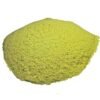
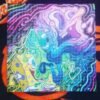
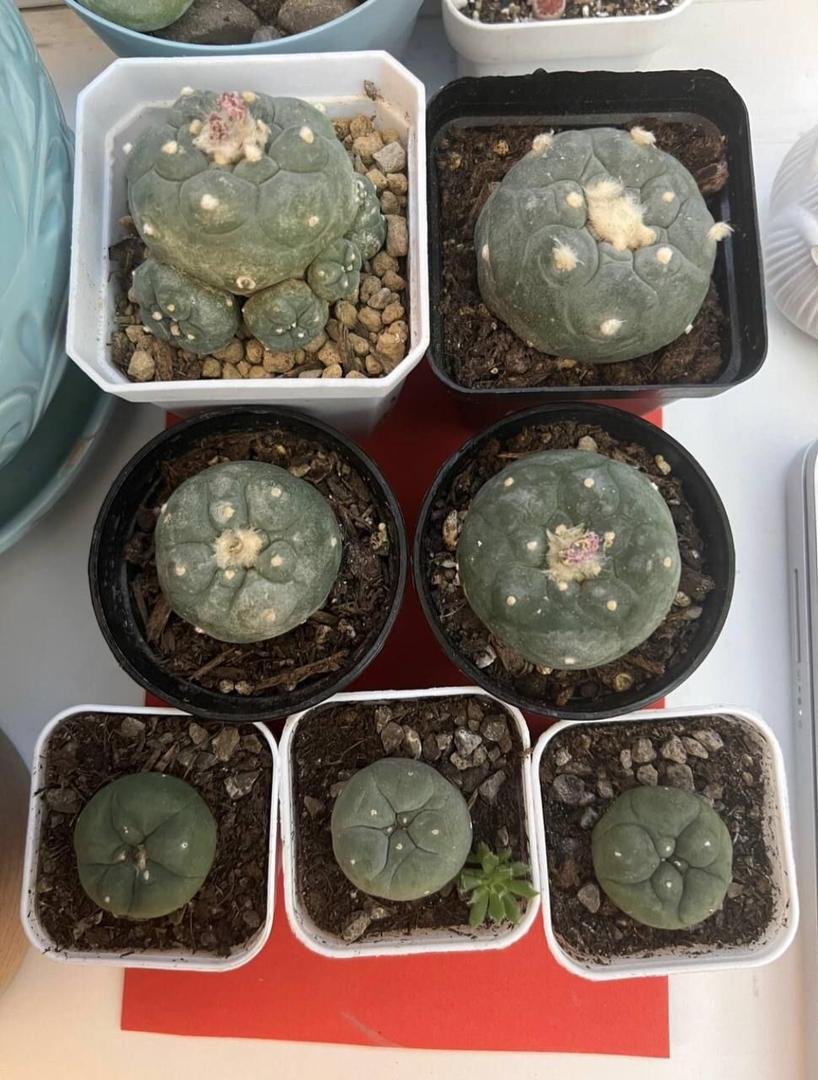
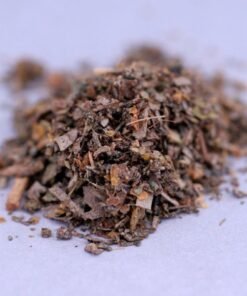
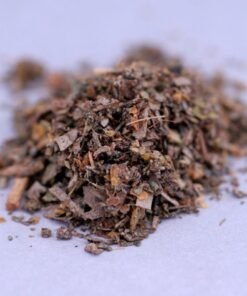

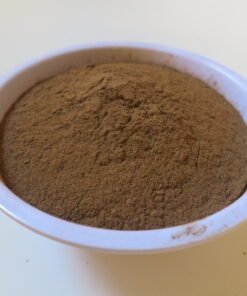
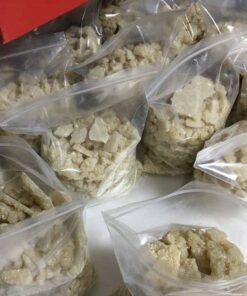
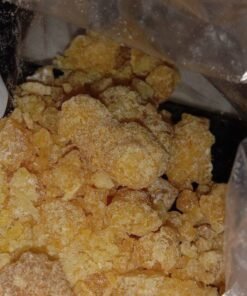



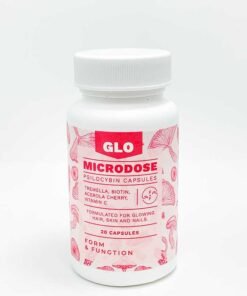
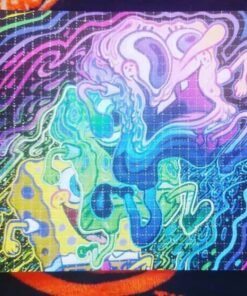
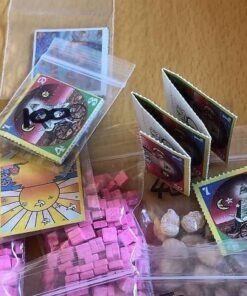
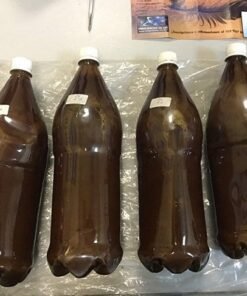
Reviews
There are no reviews yet.